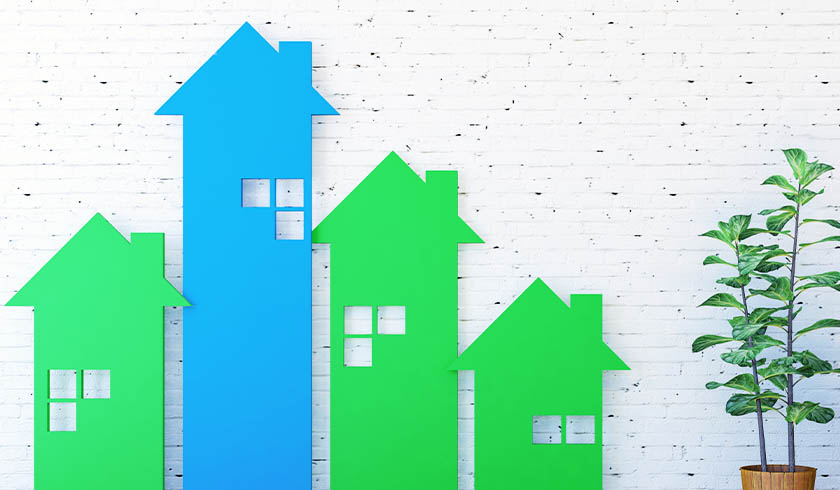REIA: Consumer price index a ‘mixed bag’ for housing and home buyers
The All Groups consumer price index (CPI) climbed by 1.3 per cent in the December quarter of 2021 and by 3.5 per cent for the year, according to the Australian Bureau of Statistics (ABS).

The eight major groups of CPI, classified by the Bureau of Labor Statistics, are food and beverages, housing, apparel, transportation, medical care, recreation, education and communication, and other goods and services.
Hayden Groves, president of the Real Estate Institute of Australia (REIA), has described the CPI as a “mixed bag” for housing, with a 4.2 per cent increase in the price of new house purchases by owner-occupiers being a key factor.
“High levels of building construction activity combined with shortages of materials and labour have contributed to two consecutive quarters of the largest rise in new dwelling prices since September 2000 following the introduction of the GST,” Mr Groves said.
The Australian Taxation Office (ATO) defined the good and services tax (GST) as “a broad-based tax of 10 per cent on most goods, services and other items sold or consumed in Australia”.
Based on the changes in the CPI, Mr Groves zeroed in on the housing group, which, he said, increased by 1.8 per cent in the December quarter and 4 per cent for the year, which is in line with current market conditions.
When it comes to rents, REIA’s president said the weighted rise in rentals in the capital city was 0.1 per cent for the quarter and 0.4 per cent for the year.
Rents have fallen in the major capital cities of Sydney and Melbourne, with Sydney recording its fourth consecutive quarterly fall, while Melbourne its third consecutive quarterly fall.
It was a different scenario for other capital cities where rents continued to grow in accordance with population trends.
Weighing in on all these, the CPI data, according to Mr Groves, point to rather steady monetary conditions for the rest of 2022.
“Whilst the increase in the analytical series is the highest for over six years, they remain within the RBA’s long term target rate of 2 to 3 per cent,” he said.
And because of this, Mr Groves opined that there would be no immediate interest rate pressures, which the RBA estimates will not occur until 2024.
Looking ahead to what’s in store for the buyer market, he stated that as the sector works through the current backlog and supply-side interruptions, buyers of new homes might expect increased price pressures.
“This suggests some buyers and owners will continue to see relatively benign monetary policy settings for some time yet,” concluded Mr Groves.

